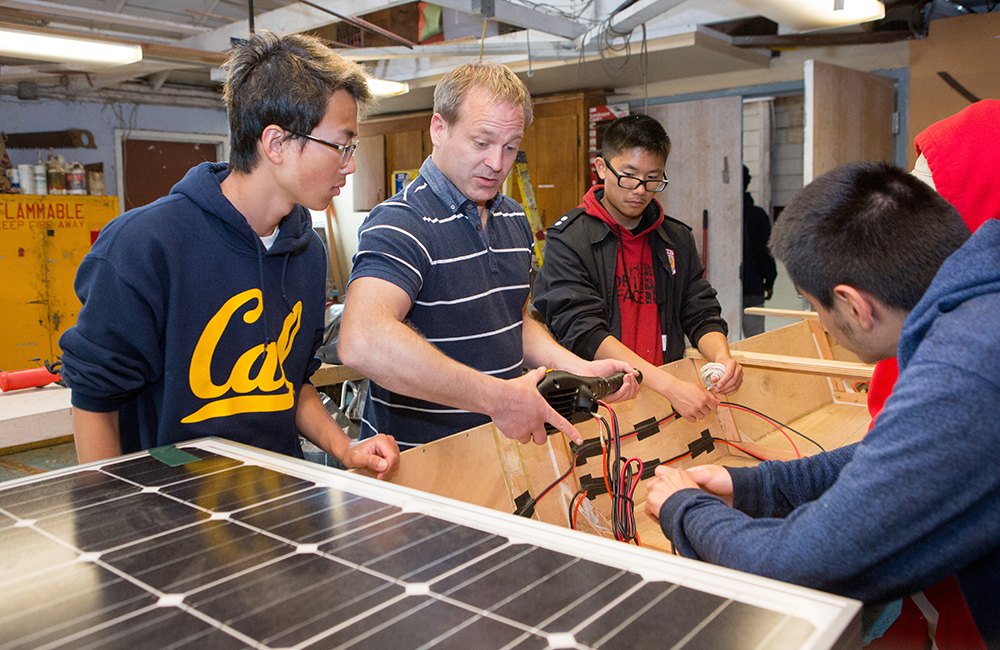Secondary/Postsecondary


Secondary/Postsecondary
What it does
Jobs for the Future’s Early College High School initiative works to integrate rigorous, credit-bearing college courses into high school curricula through partnerships among colleges, districts, and high schools. Students in more than 300 Early College High Schools in 31 states can earn up to an Associate’s Degree for free, reducing the financial burden of college and helping to establish a college-going culture in high school.
While schools and colleges are the primary implementers, JFF delivers the technical assistance and instructional coaching to get the model up and running. JFF also provides assistance to schools and colleges on how to overcome practical hurdles such as hiring and salary structure for dual-certified teachers, certifications to teach college-level courses, and data- and cost-sharing between districts and colleges.
How effective is it
A North Carolina study of JFF Early College High Schools found that early college students were significantly more likely to both enroll in college (81% vs. 72%) and earn a degree (25% vs. 5%) than comparison students within four years of high school graduation. The evaluation for the JFF-assisted scale-up of the Early College High School model in Denver and South Texas is still ongoing, but preliminary results look similarly promising.
Implementing this program costs a school district an additional $482 to $534 per student. This covers training, data-sharing systems, and other consultation and support for each student who participates in the program. Using these program costs and JFF’s success rates, CHIP estimates that it costs approximately $2,400 to $2,600 for an additional student to gain a college degree (AA or BA) that otherwise wouldn’t. Since earning an AA degree adds an extra $170,000 in income over a lifetime, this represents a return of about $64 for every $1 invested.
How you can help
You can support JFF’s Early College High School work through financial donations, or in helping to bring the model to a local district as an advocate or community partner. Donors interested in partnering with JFF can contact Associate Vice President Alex Hoffinger at ahoffinger@jff.org. You can find an Early College High School in your area on JFF’s website.
Personalize this project
If your community already has Early College High Schools, you can support them by giving to schools, districts, or colleges directly—or through local education funds or school parent associations. Other organizations that have a track record of helping low income high school students plan for, apply, and complete postsecondary education include College Advising Corps, UAspire, College Possible, and College Summit.
